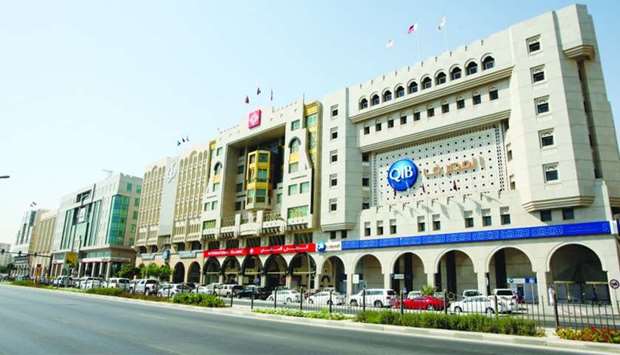QFCRA-authorised banks’ total exposure to the local economy amounted to QR23.2bn as of end-2019, according to Qatar Central Bank.
Including QR0.3bn in domestic equity holdings, QFCRA authorised banks’ local exposures constituted 51.9% of their total assets, QCB said in its latest Financial Stability Review.
On the other hand, banks under QCB have 62.3% total exposure to the local economy.
The Qatar Financial Centre Regulatory Authority-authorised banks are linked to the domestic financial system and broader local economy through exposures to QCB’s banks, Qatari businesses, and government-related entities, which are in the form of loans, deposit placements, and debt securities.
QFCRA authorises and regulates financial institutions (corporate banks, investment banks, investment managers, advisory firms, insurance firms, and insurance intermediaries) that are licensed by the Qatar Financial Centre (QFC).
The QFC is a global business and financial centre with an onshore platform providing opportunities to expand to and from the Middle East.
The report also said that in compliance with the Basel Committee on Banking Supervision’s (BCBS) reforms on liquidity risk, the QFCRA ran a quantitative impact study on the impact of implementing the liquidity coverage ratio and the net stable funding ratio on QFCRA-authorised banks in 2017. The results of the study highlighted the difficulties that banks faced in meeting the liquidity standards.
In response, the QFCRA developed a modified, proportional liquidity framework that reflects more closely the liquidity risks banks face through their business models based on non-retail/wholesale funding.
The proposed minimum liquidity ratio and modified net stable funding ratio remain aligned to the objectives of the BCBS and the Islamic Financial Services Board (IFSB) liquidity risk frameworks, QCB said.
On the other hand, banks under QCB have 62.3% total exposure to the local economy.
The Qatar Financial Centre Regulatory Authority-authorised banks are linked to the domestic financial system and broader local economy through exposures to QCB’s banks, Qatari businesses, and government-related entities, which are in the form of loans, deposit placements, and debt securities.
QFCRA authorises and regulates financial institutions (corporate banks, investment banks, investment managers, advisory firms, insurance firms, and insurance intermediaries) that are licensed by the Qatar Financial Centre (QFC).
The QFC is a global business and financial centre with an onshore platform providing opportunities to expand to and from the Middle East.
The report also said that in compliance with the Basel Committee on Banking Supervision’s (BCBS) reforms on liquidity risk, the QFCRA ran a quantitative impact study on the impact of implementing the liquidity coverage ratio and the net stable funding ratio on QFCRA-authorised banks in 2017. The results of the study highlighted the difficulties that banks faced in meeting the liquidity standards.
In response, the QFCRA developed a modified, proportional liquidity framework that reflects more closely the liquidity risks banks face through their business models based on non-retail/wholesale funding.
The proposed minimum liquidity ratio and modified net stable funding ratio remain aligned to the objectives of the BCBS and the Islamic Financial Services Board (IFSB) liquidity risk frameworks, QCB said.


